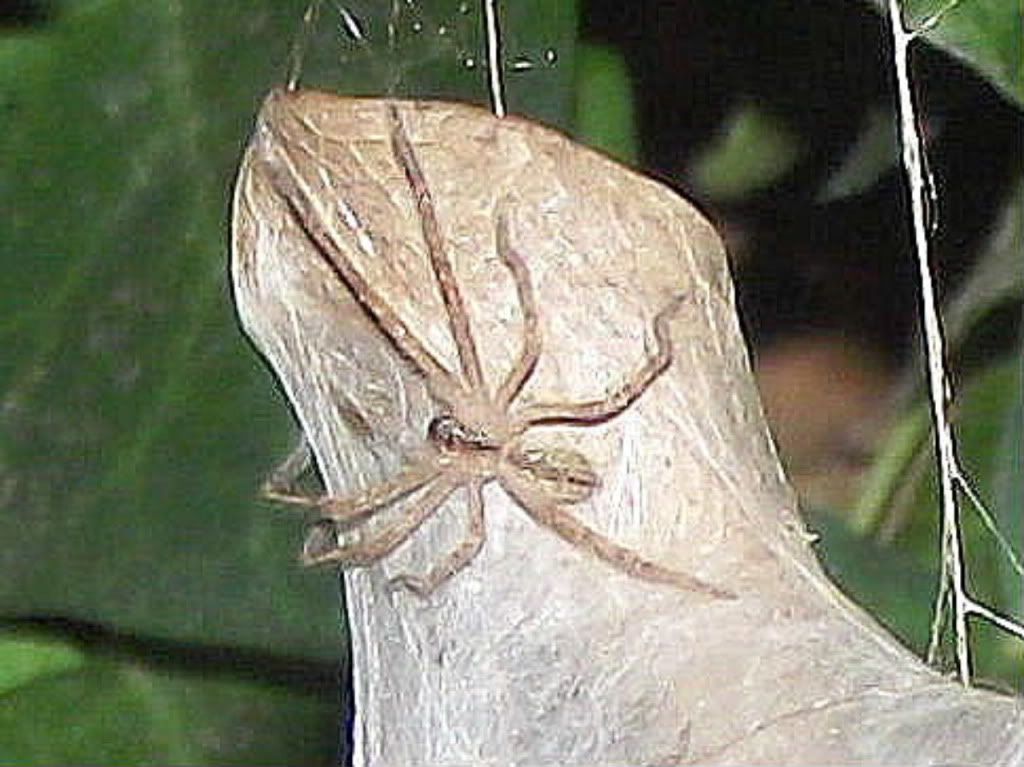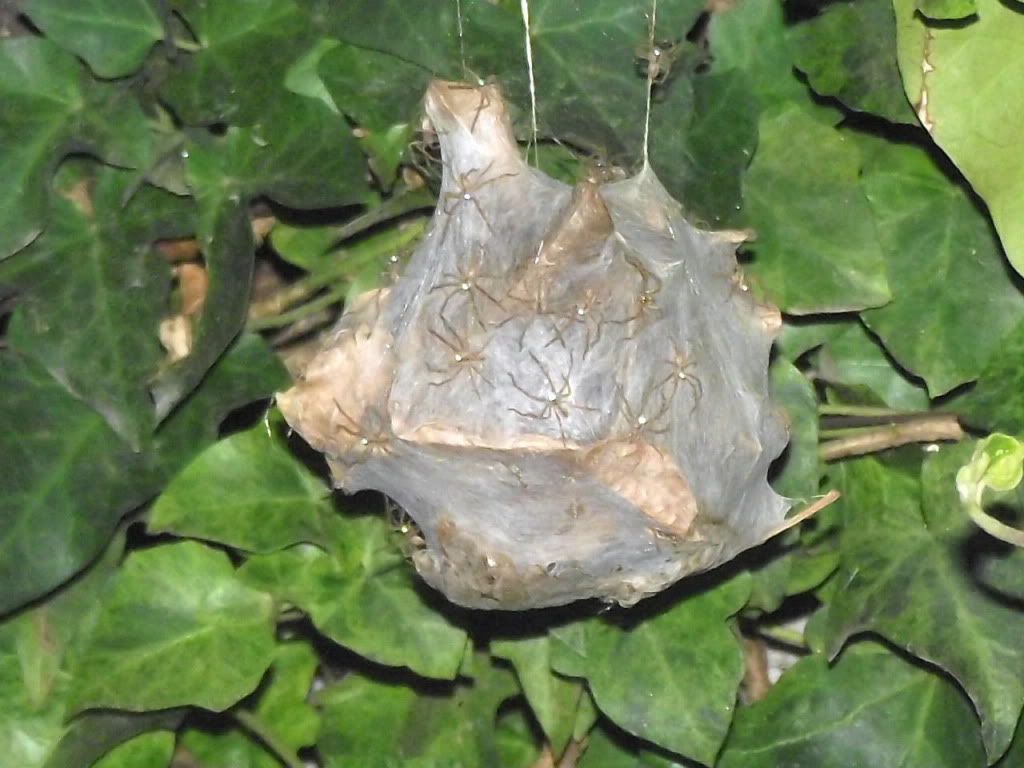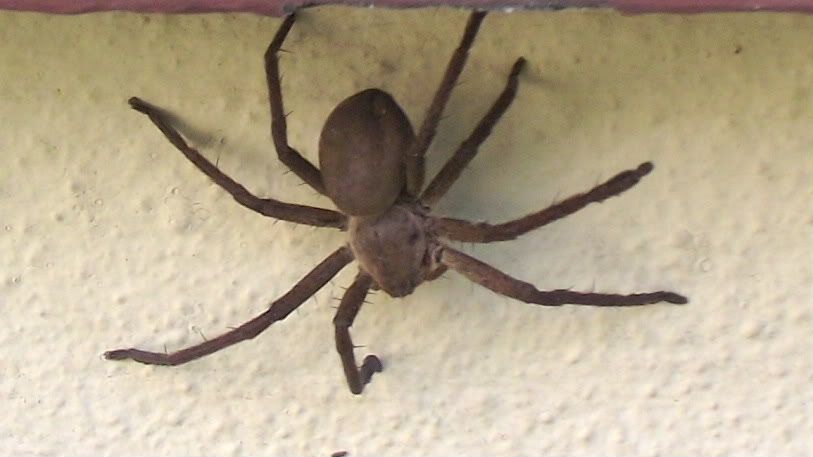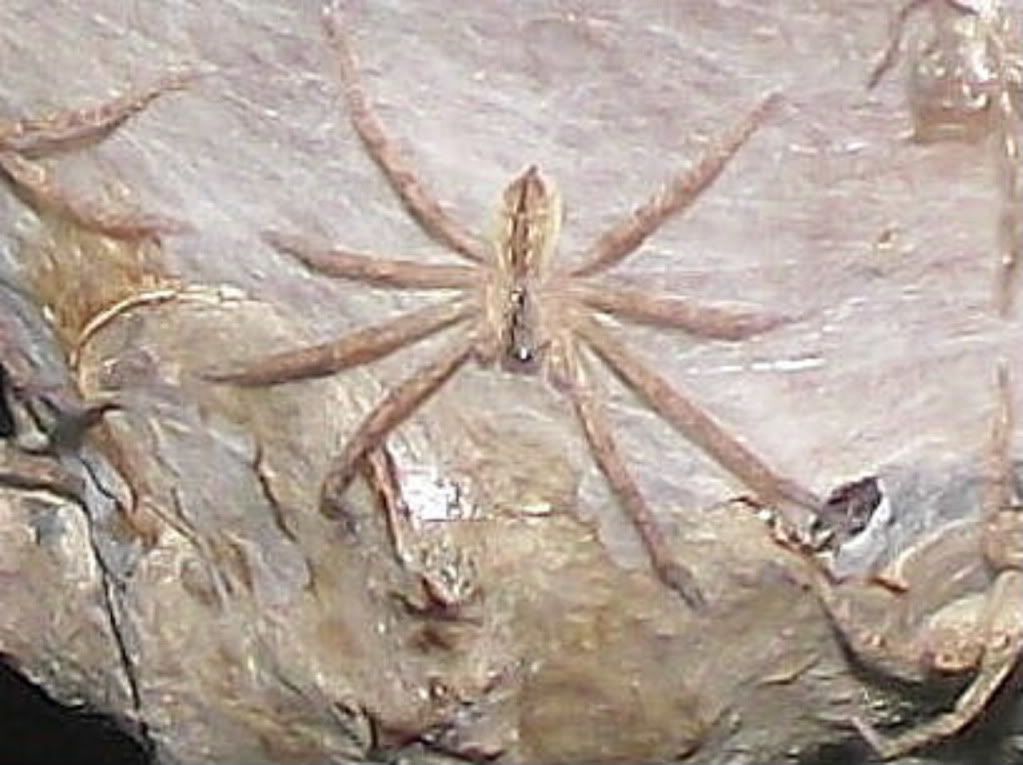I think most gardeners like to know the names of the plants
in their gardens’, if not the proper botanical name then at least the common
name. I suspect I am not alone when I voice my frustration with plant labels.
The tags that come with the plant when you buy from a nursery are fairly
useless, firstly they are unattractive and secondly they don’t last, they
either fade or get detached and blow away. I also don’t really want my home to
look like a nursery or botanical garden with labels all over.
Remembering all my plants is never simple. Obviously the
unusual or those that I have only one of it’s kind are easy, but I have many
plants from the same families and then it starts to get problematic. Take the
Genus Pelargonium for example, I currently have over 20 plants of 8 different
species and on a recent trip to Harold Porter Botanical Gardens I
couldn’t resist adding some more. I came home with another 5 different species.
In the past I have tried to convince myself that I will remember the names, but
I know now from experience that I just can’t do it. Trying to remember names
that you can’t even pronounce is impossible.
Keeping a photographic record is a great solution, posting it
on this blog, even better! If I ever lose my computer I will still have an
accurate record of all my plants.
Harold Porter had a great selection this time, so I couldn’t
resist adding:
Pelargonium radens
This is a closely
branched shrub usually less than 1.5m. Older branches become woody and are
covered with hairs. Leaves are fragrant. Prefers moist conditions. Flowering
time August to January.
Pelargoium pseudo glutinosum.
Couldn’t find much information on this one. Is it different
to P.glutinosum and how? Does anyone know?
Pelargonium citronellum
Reaches almost 2 metres in height. Strong
lemon scented leaves like P,crispum but these leaves are much larger.. Flowers from August to January. Can be used to flavour foods and
as an insect repellant.
Pelargonium cordifolium
Pretty heart shaped scented leaves, reaches a height of 1.5m and spreading.
Flowers from June to January. Found in moist places in fynbos or forest
margins.
You can see from the tag that I paid R14.00 for this one,
which was about the average price. This translates to roughly £1.00 or $1.60.
Buying indigenous plants from our botanical gardens or specialist nurseries is
really affordable. These plants if I could find them at a normal nursery would
easily have cost three times as much.
Pelargonium exstipulatum
Attractive grey foilage, with a
strong scent and sticky to the touch. Grows to about 1m high. Flowers from June
to December.
Besides the Pelargoniums, I also bought the following:
Chironia linoides
Low growing shrub to 30cm often falls over. Flowers mid
summer. Flowers are similar to Orpheum but the leaves are darker and finer.
Salvia chamelaeagnea
Shrub to about 2 metres. The light green leaves when rubbed
between the fingers give off a strong fragrance but also leave a sticky residue
behind. Blue flowers in mid to late summer.I already have a number of these in my back garden, but they are one of the few plants to flower in our mid-summer heat, so I just had to add some to the front pavement.
Nerine sarienensis
This one should be familiar to UK gardeners if called by it's common name - Guernsey Lilly. A winter growing bulb originating in the western Cape. Flowers in early Autumn.
Now that I've made a record of the new additions I am tempted to create a few more posts of my existing plants. Watch this space!
Sources: http://www.plantzafrica.com














































